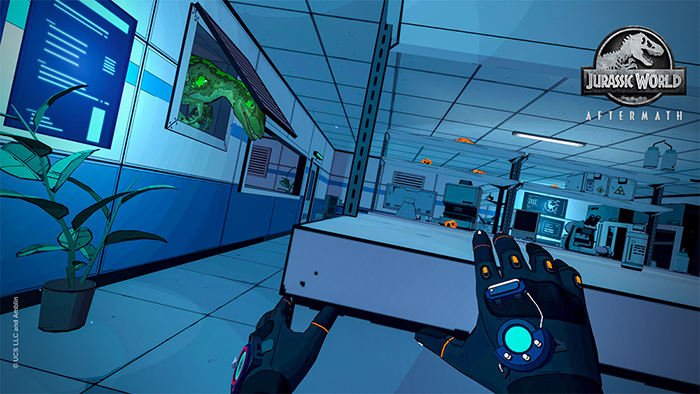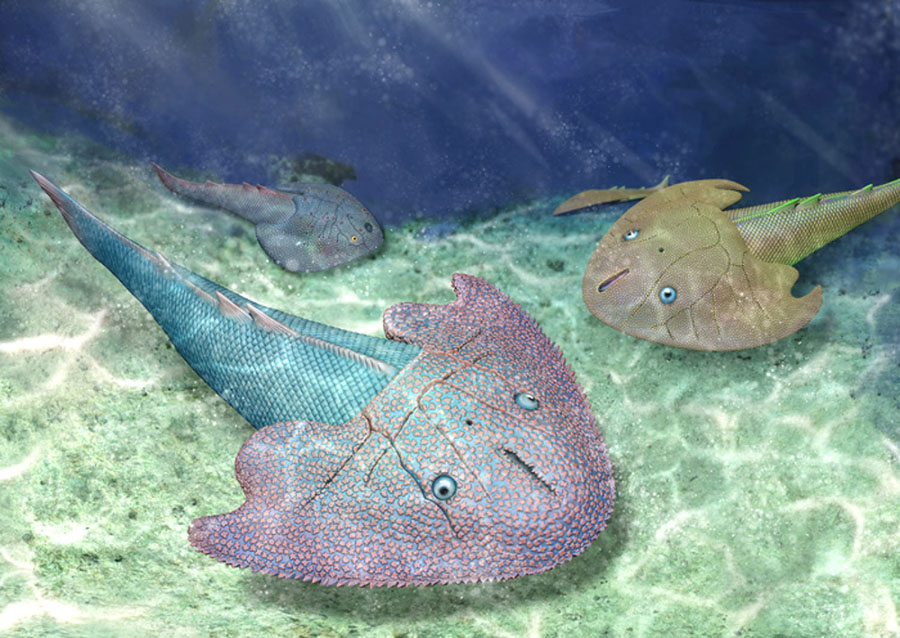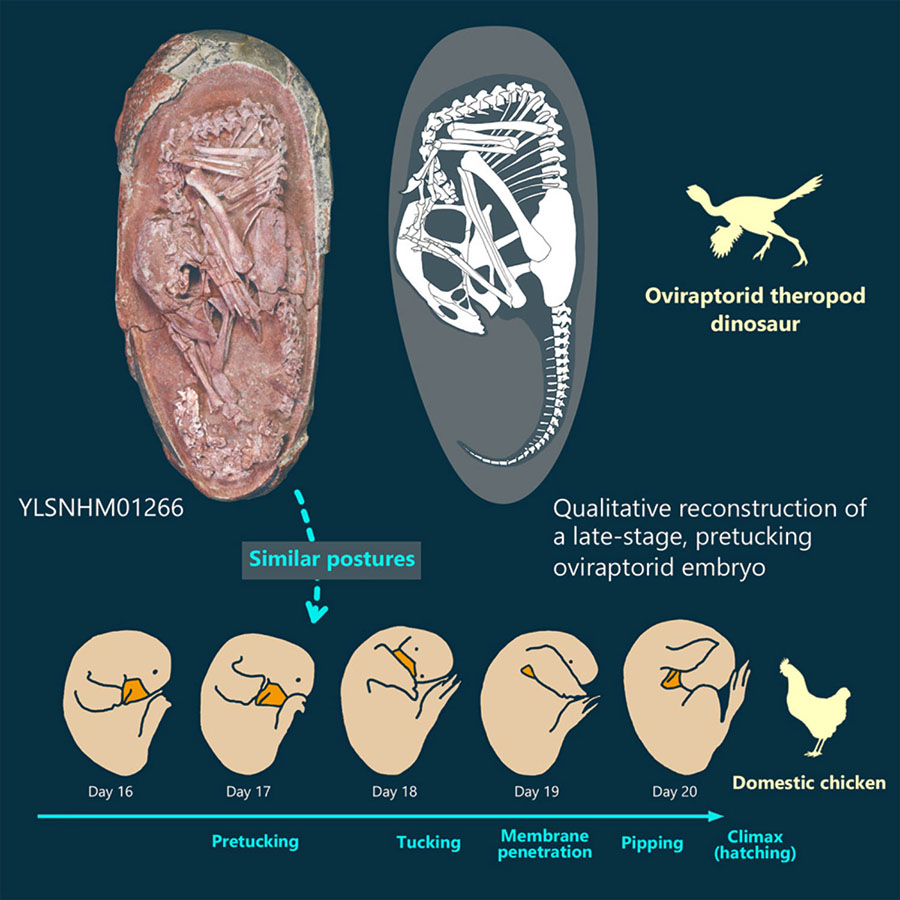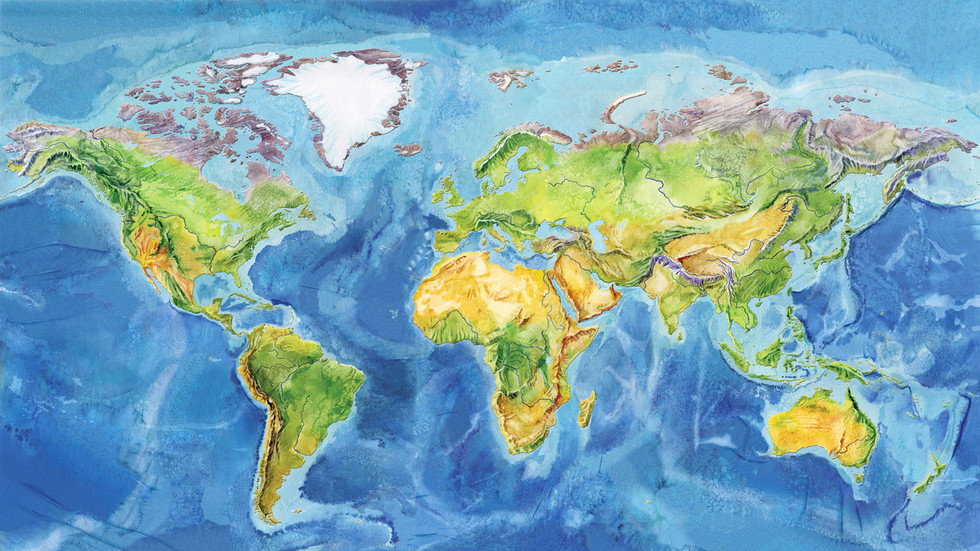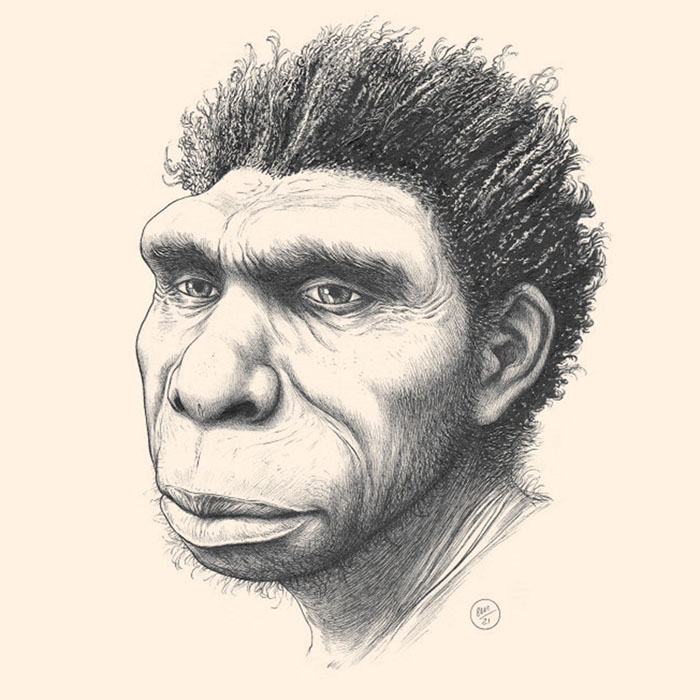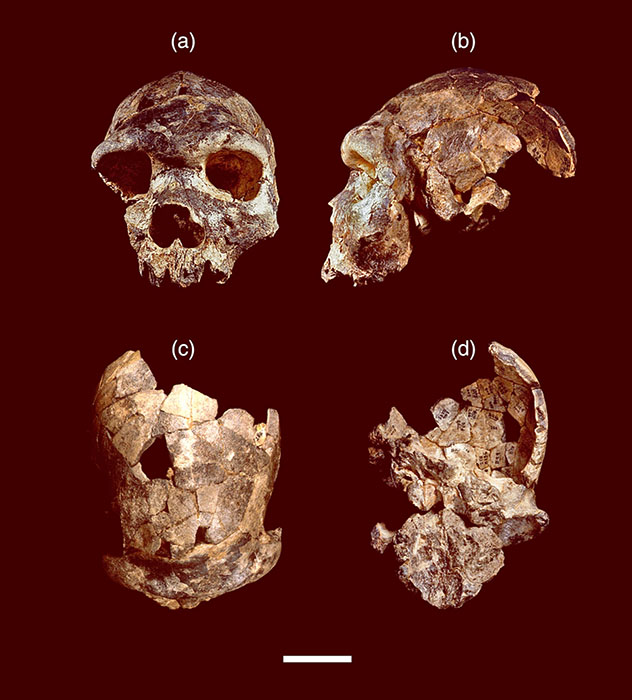
After breaking the record for the highest-grossing movie of all time and changing the face of Hollywood with both Jaws and E.T., Steven Spielberg went and did it again with his groundbreaking 1993 blockbuster Jurassic Park. With cutting-edge visual effects that still hold up today, Spielberg brought dinosaurs back to life. Jaws defined the summer tentpole, but Jurassic Park added CGI into the mix.
From the raptors’ suspenseful attack in the kitchen to the T. rex’s escape from its flimsily guarded paddock, Jurassic Park has a ton of memorable action sequences.
10 - Raptors Attack Dr. Sattler

After getting to the power station, Dr. Sattler manages to get the electricity back on in the park and the heroes’ troubles seem to be over. And then, she’s attacked by a couple of raptors that made their way into the station.
She finds Ray Arnold’s severed arm, which provides an effective jump scare, and temporarily holds off the raptors by trapping them behind a chain-link fence that they start breaking through. The movie sets up the raptors as relentless killing machines, and their vicious debut doesn’t disappoint.
9 - Dr. Grant Saves Tim From A Car In A Tree

When the T. rex escapes from its paddock, Dr. Grant ends up stranded in the jungle with Lex and Tim. Even after the T. rex has left them alone, they’re not out of the woods – so to speak – because Tim is trapped in a car that’s stuck in a tree.
Dr. Grant climbs up the tree to help him out, initially promising that they can take as long as he needs. But then, he accidentally turns the steering wheel, readjusting the tires, which sends the car careening out of the tree, so the stakes are instantly raised. Grant and Tim have to race the falling car out of the tree and barely make it out alive.
8 - Crawling Through The Ceiling

When the raptors figure out how to use door handles, the survivors climb up into the ceiling to avoid them. But then, the raptors figure out how to get through the ceiling panels.
A raptor pokes its head up when Lex is crawling through the ceiling and Dr. Grant barely has time to hoist her back up before the dinosaurs start nipping at her feet.
7 - Nedry Is Killed By A Dilophosaurus

Played by Seinfeld’s Wayne Knight, Dennis Nedry has a duplicitous plan to steal some dinosaur embryos from the park and sell them to the highest bidder. However, on his way down to the docks in the pouring rain, he gets lost and crashes his car. While he’s scrambling to get his wheels out of the mud, he’s attacked and killed by a Dilophosaurus.
The Dilophosaurus is the least historically accurate dinosaur in the movie, because Stan Winston took artistic liberties with its design. To make it a terrifying movie monster, Winston gave the Dilophosaurus venomous spit and a vibrating neck frill.
6 - The Opening Velociraptor Kill

The opening scene of Jurassic Park gets the movie off to a suitably ominous start. As a bunch of InGen employees are trying to transfer a raptor, the caged predator manages to grab a dinosaur handler and kill him.
Spielberg leaves everything gruesome off-screen to leave the blood-soaked horrors to the audience’s imagination, like he did with the shark in Jaws.
5 - Muldoon Is Killed By Raptors

Gun-toting game warden Robert Muldoon offers to distract the approaching raptors while Dr. Sattler goes to turn the power back on. He tracks one of them, but before he knows it, a second raptor has snuck up on him from the side. He quips, “Clever girl,” before being mauled to death.
This sequence pays off Dr. Grant’s monologue from the beginning of the movie. About an hour after he explains the raptors’ killing methods to a terrified child, audiences get to see those methods in action when Muldoon meets a grisly end.
4 - The Velociraptors Take On The T. Rex

In the big finale of Jurassic Park, nature cancels itself out. As Drs. Grant and Sattler and the kids are being chased through the visitors’ center by a pair of raptors, the T. rex makes its way inside.
The T. rex and the raptors get into a fight with each other, allowing the heroes to escape. This is what Ian Malcolm meant when he said, “Life finds a way.” There’s a glorious moment when the “When Dinosaurs Ruled the Earth” banner drapes across the frame as the victorious T. rex roars.
3 - T. Rex Car Chase

When Dr. Sattler and the other survivors catch up with an injured Dr. Malcolm and hoist him onto the back of a jeep, he feels thunderous footsteps coming their way and tells the others to hurry up. The car barely takes off down the road before the T. rex bursts through some nearby trees and chases after it.
This scene is most notable for the shot of the T. rex reflected in a side-view mirror with the classic warning legend, “Objects in mirror are closer than they appear.” It’s a funny little detail that makes the sequence much more memorable.
2 - The Velociraptors In The Kitchen

When Lex and Tim get back to the visitors’ center and enjoy a feast left behind by the cooks, they think their troubles are over. But of course, they’re just beginning, as a pair of velociraptors follow them into the kitchen (an ironic setting for hungry dinosaurs to stalk frightened children).
Using camera trickery like misleading reflections in the shiny cabinet doors, Spielberg made this suspenseful set-piece a masterclass in Hitchcockian tension. It’s unlikely that a PG-13 movie will kill off the kids, but the audience fears for their lives nonetheless because the sequence is so intense.
1 - The T. Rex Escapes
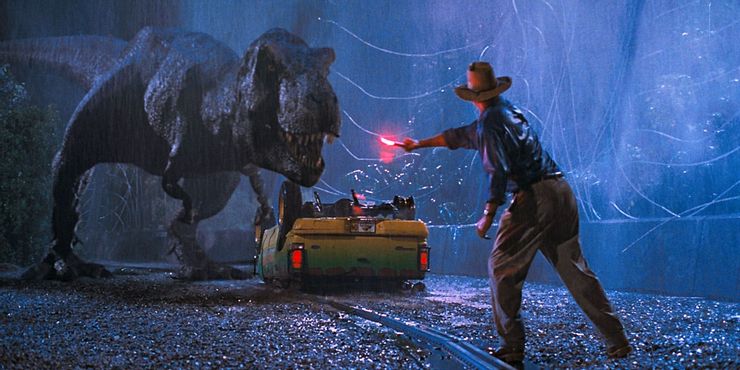
There’s a lot of complicated exposition to get through in the first half of Jurassic Park, but it’s all leading up to the T. rex’s escape from its paddock in the movie’s mind-blowing midpoint set-piece. The first big dinosaur action sequence is well worth the wait.
The pouring rain creates a sinister atmosphere as the paddock’s fence is torn down and the giant predator emerges with a deafening roar. The combination of state-of-the-art animatronics and groundbreaking CGI brings the T. rex to life and sells the unbridled terror of the situation. This isn’t just Jurassic Park’s greatest set-piece; it’s one of the most iconic moments in movie history.
Source: https://screenrant.com/




